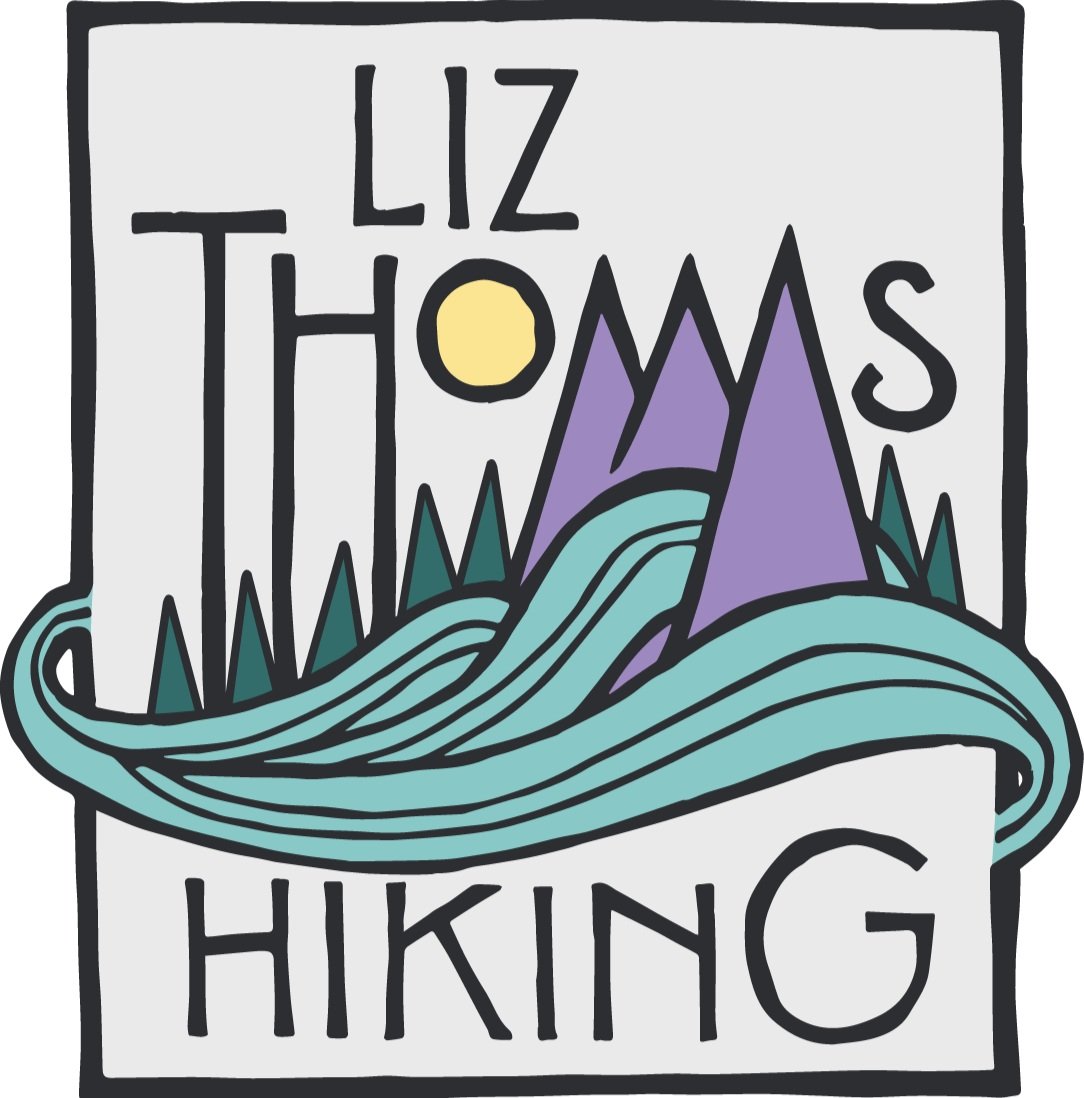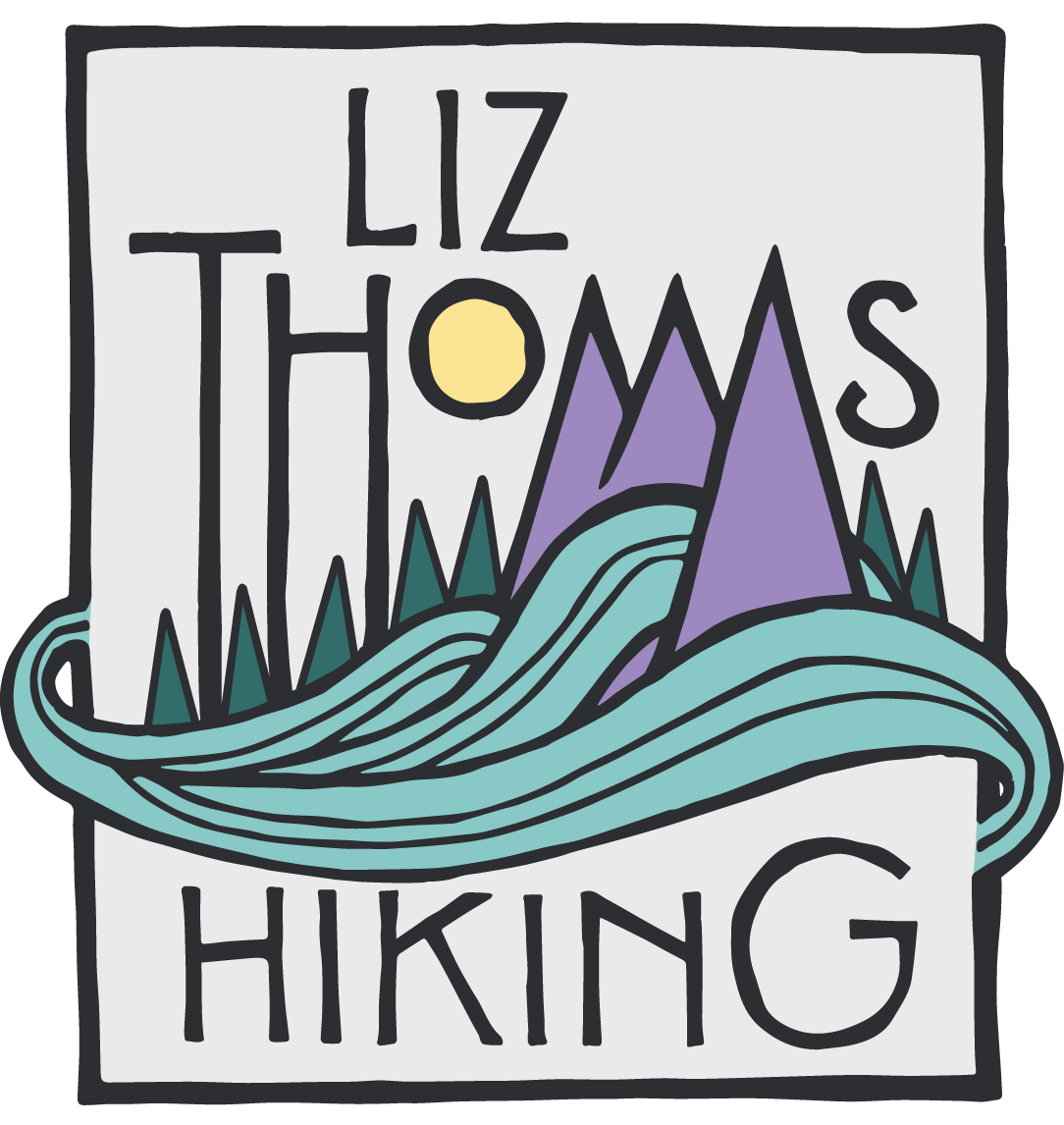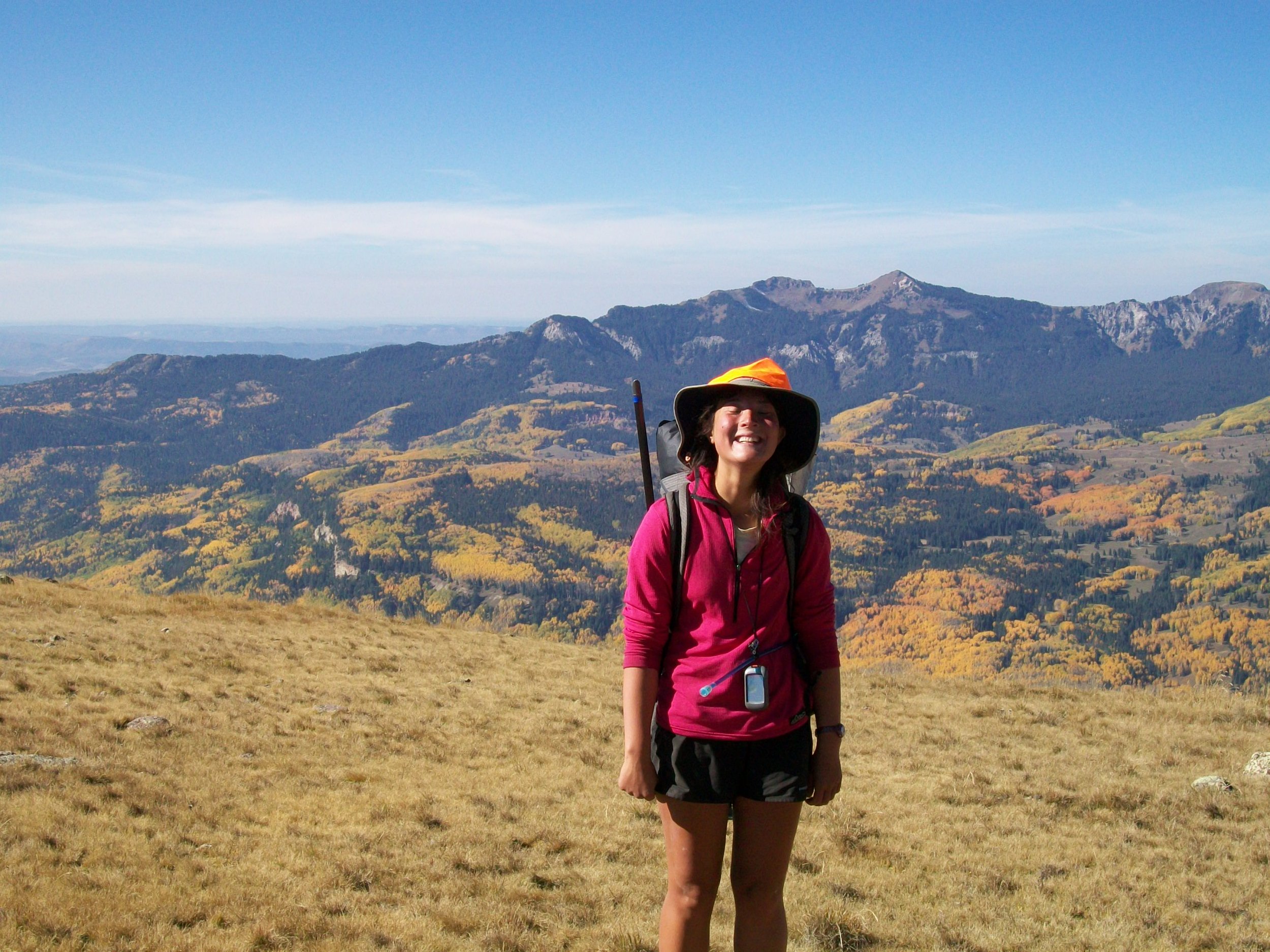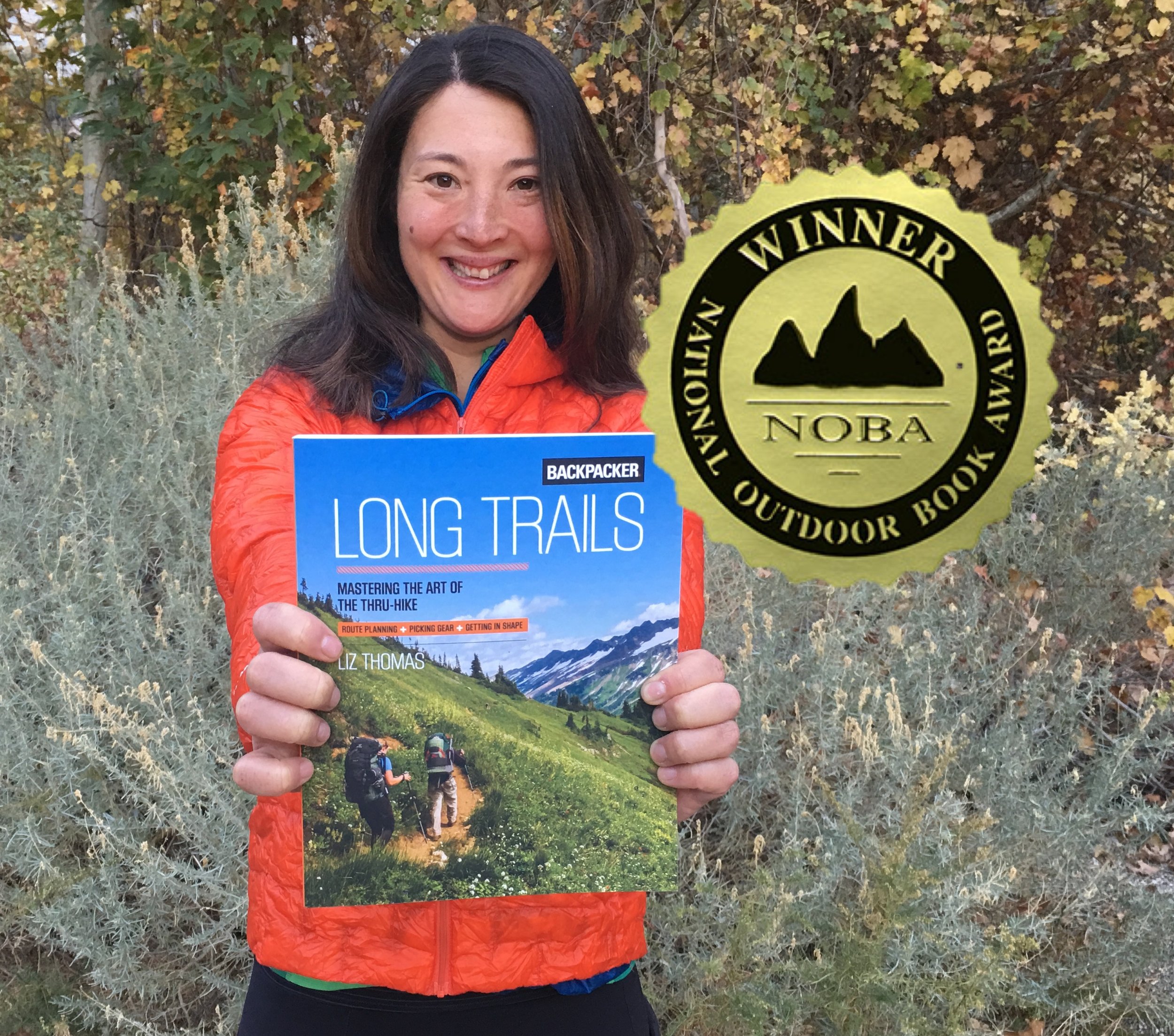Why the National Scenic Trails Act matters
Today is the 50th anniversary of the National Scenic Trails Act. To celebrate, this is a version of a speech I gave at the Russell Senate Building on Capitol Hill in Washington D.C. earlier this year to among others, the Chief of the US Forest Service and staffers of senators and representatives.
Hi, I’m Liz Thomas, a Next Generation Trail Leader. I want to thank the American Hiking Society and Partnership for the National Scenic Trails for giving me the opportunity to speak about why the National Scenic Trails Act and why–50 years later– it’s still important, relevant, and necessary for the next generation.
I’m at Hike the Hill in a slightly too small suit jacket and my hiking skirt.
But first, I have a story that has entirely nothing to do trails.
In high school, I wrote a topic about a silly thing: mowing lawns in suburbia. As I kid, I had watched my dad mow the lawn and had always thought it was a tough guy thing, something that was never within my reach, something that really hardcore people do. That is, until I started mowing lawns.
It’s kind of ridiculous looking back now, but it was so empowering as an early teenager to be given that responsibility. At the end of the job, I had evidence of a job well done.
Well, when I first became interested in hiking, I had a lot of reservations, too. See, I felt very similar about hiking as I did about lawn mowing:
It was a macho thing. It required intimidating expensive equipment. Hiking was not really something that someone like me could get into seriously.
But the more I hiked, the more I realized there were things I could do with my own two feet that could be even more empowering than even mowing a lawn:
As a young person, to have responsibility for myself and for the natural environment was more rewarding than anything I had ever done.
I was exhilerated by my own human power.
“As a young person, to have responsibility for myself and for the natural environment was more rewarding than anything I had ever done. ”
The more I hiked, the more I learned I could take on obstacles that looked and sounded impossible.
That’s everything from climbing a mountain to walking from Mexico to Canada.
I loved hiking so much that I went on to hike the Appalachian Trail at 22 years old.
Hiking a long trail was one of the first things in my life I had ever done where I wasn’t doing something because a teacher told me to, or because an adult said “this is what you’re supposed to do next in life.” Quite the contrary.
Hiking the Appalachian Trail was the first big real decision I made.
The National Scenic Trails have been an important part of hiking for me. Clockwise from top left: Appalachian Trail, the Pacific Crest Trail, the Pacific Northwest Trail, the Continental Divide Trail.
When I finished the AT, I had this new confidence.
It’s common for young people in other parts of the world go abroad for a gap year between college and career to gain that confidence.
But unlike anywhere else in the world, young people in America can take that same idea, but have the opportunity to explore a unique system of national scenic trails and wild areas.
Young people can stay in the U.S., support local economies, and still grow as individuals while learning more about their own country and its people.
The Appalachian Trail is empowering to young people
As we all know, the National Trail System is so good that it attacts people from around the world. It isn’t just a place for young people to grow.
In my 17,000 miles of hiking long trails, I’ve met thousands of hikers of all ages, backgrounds, and abilities.
Trails provide us all a place and space to reflect.
On trails, we discover answers to things on our mind.
Whether those problems are at work, stuff that we just can’t figure put on a computer, or more personal things like how to take the next step in a career or relationship, trails provide.
Sometimes, the answers to life’s problems are google-able.
Time on trails can help.
“Whether those problems are at work, stuff that we just can’t figure put on a computer, or more personal things like how to take the next step in a career or relationship, trails provide.”
Trails help us work through transitions in life. Hikes teach us to heal ourselves.
We often hear how exercise is good for mental health or time outdoors is good for the mind.
Through trails, people are changed through nature AND the power of our own bodies. It’s a double dose of what is good for us.
No matter the distance of our trail, no matter how far we walk on it, hikers come back home a little more at peace and inspired to go back into the world and do good.
Sometimes, the answers to life’s problems are google-able.
Time on trails can help.
“No matter the distance of our trail, no matter how far we walk on it, hikers come back home a little more at peace and inspired to go back into the world and do good.”
In a world where it’s easy for people like myself–women, young people, people of color–can feel like we own nothing, where it’s easy to feel one individual can have no power over anything, by hiking, we can access the millions of acres of public lands that each and everyone of us owns.
By hiking, we give ourselves control.
After all that the trail system has done for me, it’s so important for me to share my story with our elected officials, agency partners, and others here at Hike the Hill.
But it’s also important for me to share with people who are like I used to be–people who looked at hiking as something that “wasn’t for them.”
My book Long Trails won the National Outdoor Book Award and somehow, the way I decided to announce the news was to take a photo of myself after hiking a 10,000 foot elevation gain hike through the desert. Needless to say: no make-up and hair stylist here.
I want to get more people to have a transformative experience in nature, whatever the size of the trail, whatever the length of their hike.
For some young people, it’s hard to get the lessons and experience that hiking teaches via the usual routes: school and family.
I’ve gone on to make hiking my career: to demystify the process of going from dream to making a hike a reality…and then making a really, really long hike on a national scenic or historic trail a reality.
How? I wrote Long Trails: mastering the Art of the Thru-hike and teach a 6-week online course on distance hiking with Backpacker Magazine.
In part, I do this to give more people more access to the tools, ideas, and information they need to empower themselves–to responsibly care for nature and themselves while in the backcountry.
But I do it too because I know the experience of spending time outdoors will turn them into public lands advocates, volunteers, and career enthusiasts themselves.
My book Long Trails won the National Outdoor Book Award and somehow, the way I decided to announce the news was to take a photo of myself after hiking a 10,000 foot elevation gain hike through the desert. Needless to say: no make-up and hair stylist here.
Whether people go out and hike 2000 miles like I did, or 1 mile, or dream about the long trails while sitting at their desk, for each and every kind of hiker, public lands and national trails are important.
These trails change lives and make people better. They give us a reason to dream and a thing to hope for.
They’re worth saving, they’re worth putting energy and time and even sweat and blood to complete them, or make them better.
So I want to thank each of you here for spending your careers to support this incredible 50-year old national scenic trails tradition.
Here’s to the best trail system in the world and the next generation who will use and cherish it.









